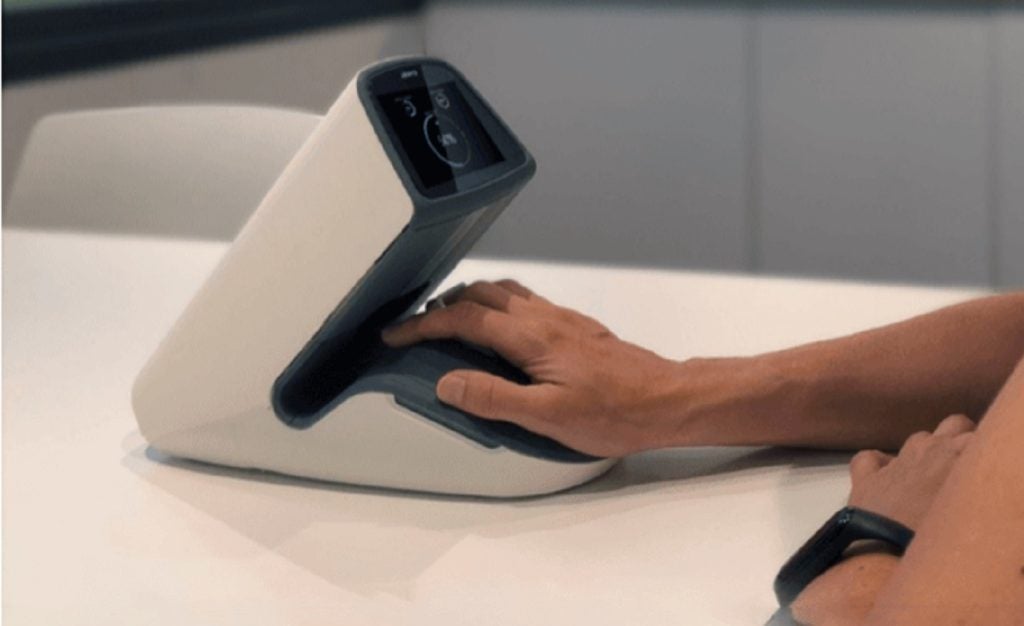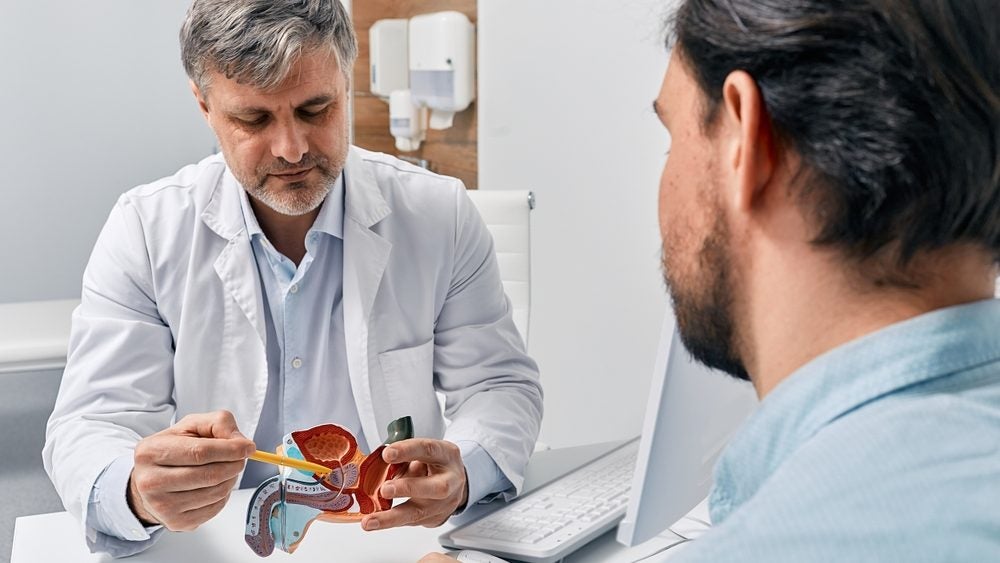
Latex glove manufacturer Hartalega, together with research and development company Chemical Intelligence UK, have launched the world’s first non-leaching antimicrobial medical gloves.
The product, manufactured by the largest producer of nitrile gloves in the world, has in-built antimicrobial technology which has been proven to kill microorganisms and prevent the spread of infections. Hartalega and Chemical Intelligence UK formed their partnership to design a product that could be used to help tackle the issue of healthcare-associated infections (HAIs), such as MRSA, E. coli and Staphylococcus aureus. HAIs in Europe alone affect 4.1 million patients a year, with an approximate healthcare cost of €7 billion.
The gloves are available to private and public health organisations and are the first product of this kind to contain a new active microorganism-killing molecule designed to prevent the spread of bacteria to and from surfaces and people.
Developing a world-first antimicrobial glove
Hartalega funded and backed antimicrobial research and development specialist Chemical Intelligence, in the development of the technology alongside chemist Dr Paul Wight and microbiologist Professor Richard James from the University of Nottingham.
Wight invented the chemical technology built into the gloves and refers to it as a patented new molecule antimicrobial technique. The active ingredient on the glove is a photosensitiser which generates singlet oxygen when exposed to light. This singlet oxygen oxidises the bacteria’s protein and lipid, leading to the death of the microbes.
The gloves do not need applications of further solutions or chemicals. They are also non-leaching and have been tested for this in the likes of hot water, sweat, saliva and ethanol. Bacteria coming into contact will be exposed to the antimicrobial activity which, in independent testing, achieved up to a 99.999% kill rate within five minutes of contact.
How well do you really know your competitors?
Access the most comprehensive Company Profiles on the market, powered by GlobalData. Save hours of research. Gain competitive edge.

Thank you!
Your download email will arrive shortly
Not ready to buy yet? Download a free sample
We are confident about the unique quality of our Company Profiles. However, we want you to make the most beneficial decision for your business, so we offer a free sample that you can download by submitting the below form
By GlobalData“I think it meets a lot of needs due to it not requiring biocidal materials which can destroy the environment and come with additional problems,” Wight tells Verdict Medical Devices at a launch event for the gloves. “Biocides try and kill everything if they can but the anti-microbial is only on the surface of this glove and won’t transfer off it.”
With the gloves finalised, how long might it be before they are available in clinics and hospitals internationally? “It’s difficult to say when it could be used across the globe but potentially in six to nine months,” Wight says.
The potential for bacteria to develop a resistance to the gloves has been assessed as low due to the non-specific nature of the bacteria-killing mechanism. Therefore, the developers believe the gloves could also be used to decrease the excessive use of antibiotics.
As well as the non-leaching and rapid kill properties of the product, the developers also made a conscious effort to make sure it was low-cost and could easily replace existing medical gloves, fitted into the existing manufacturing process and could provide extra protection to professionals without the need for extra work. There is also no apparent issue with the shelf-life of the product.
The manufacturing process for the gloves works by adding a small quantity of singlet oxygen-generating dye to the surface of the latex. The dye then absorbs light and transfers this energy to oxygen from the surrounding air to generate active oxygen. Once the molecule bonds to the nitrile rubber it cannot be removed.
Bringing the gloves to market
Hartalega managing director Kuan Mun Leong praised the product’s disruption of the longstanding design of medical gloves, and its life-saving potential as a barrier against HAIs. “By renovating a medical device that has not been remodelled in over 30 years, our innovation is set to make waves in the healthcare industry and save lives across the globe,” he said.
The gloves have been in the research and development phase for over six years with millions of dollars already invested and various stages of testing completed. It is now set to be available in hospitals around the world and Hartalega says it is currently in ongoing discussions with the NHS about the use of the product in hospitals across the UK. The gloves are patented in the US but are not expected to be available there for another four to six months due to FDA approval issues.
Chemical Intelligence founder Rob Gros: “After years of development, we are delighted to finally release this product to market and truly believe it will make a significant difference in the fight against healthcare-associated infections,” said Chemical Intelligence founder Rob Gros.
While the gloves represent a step forward on current bacteria-killing practices in many ways, there are still tests to be conducted and issues that to be addressed. For example, it is not yet known whether violet light of hydrogen peroxide could affect the gloves. The gloves also cannot kill viruses or fungi and the researchers believe there is a long way to go before the product will work against Clostridium difficile spores. Additionally, the gloves are not likely to be as effective in a low-light setting.
Hartalega has stated that any potential risks remaining with the product are under control and says the benefits of the gloves to outweigh the risks. The partners hope the new tech will become a medical standard across the globe and aim to be manufacturing 44 billion gloves a year once the operation scales up.







